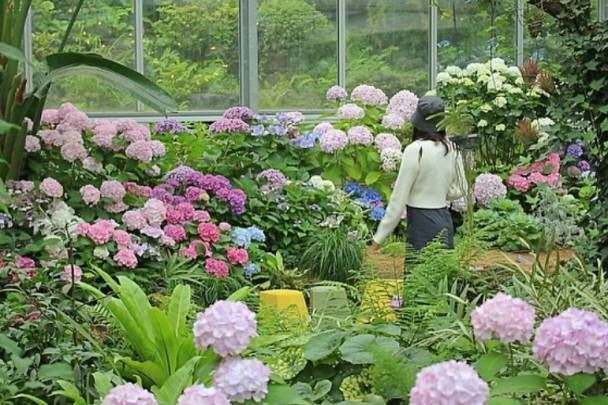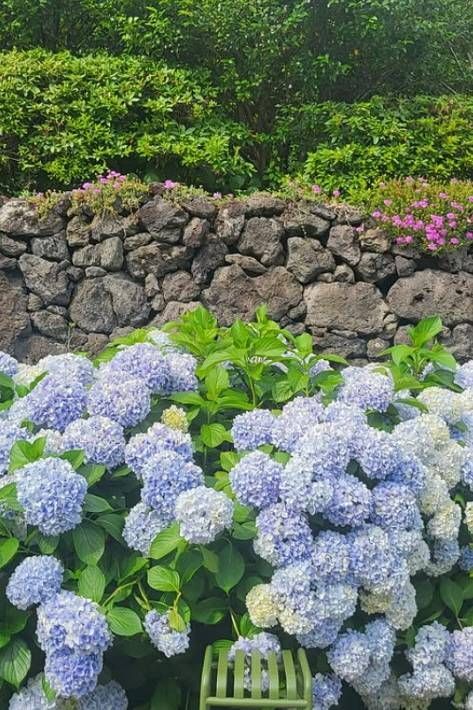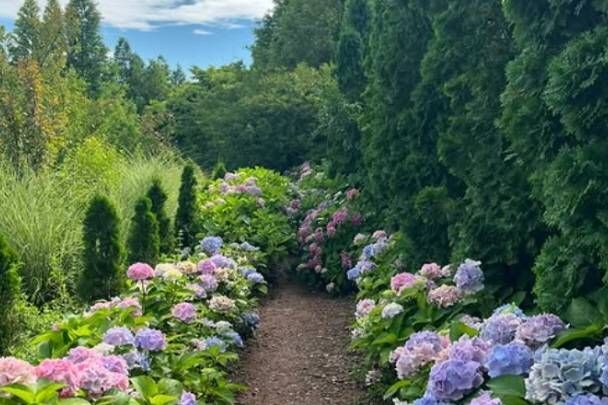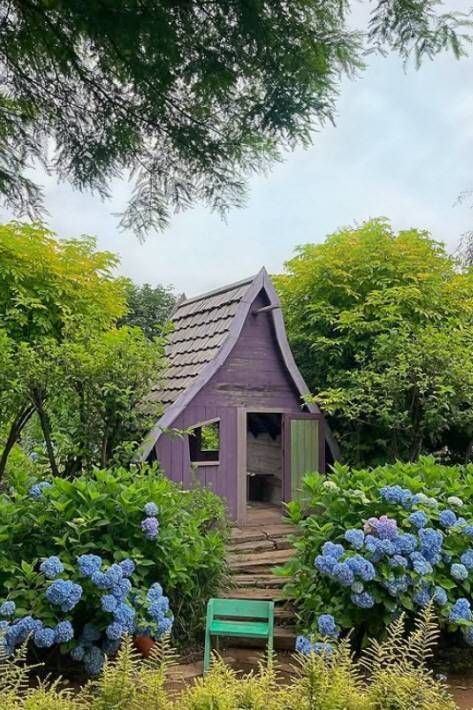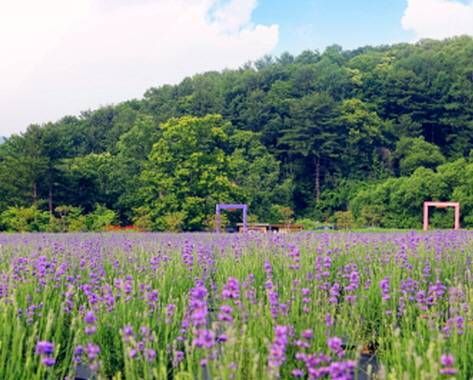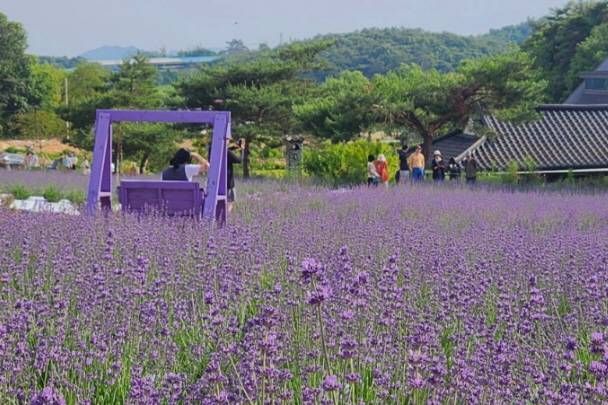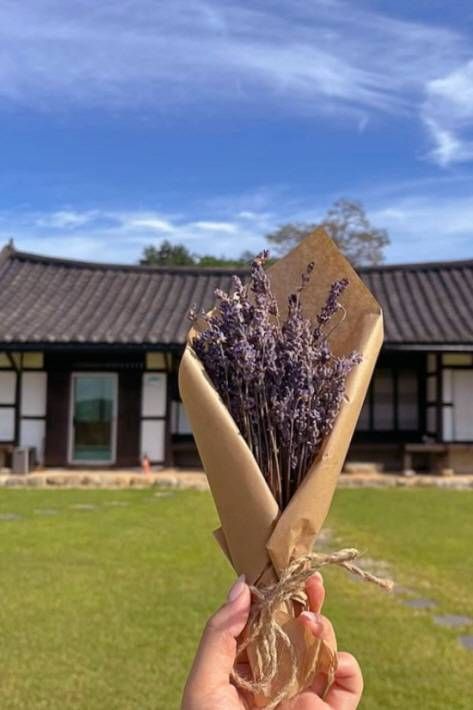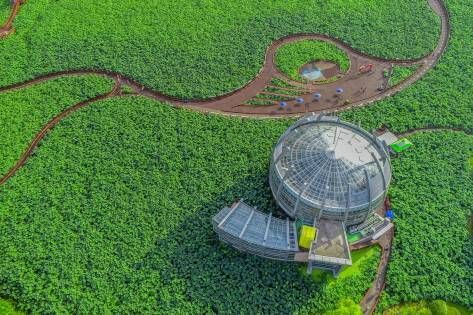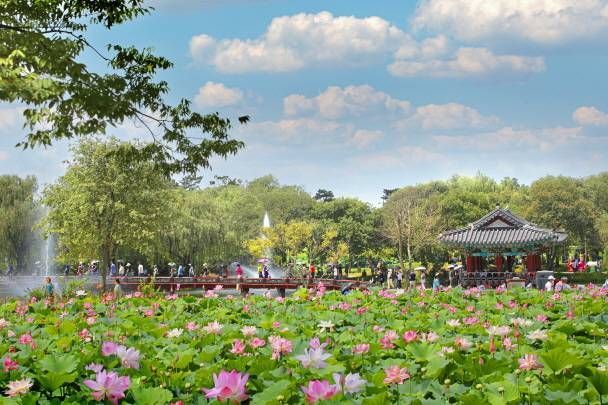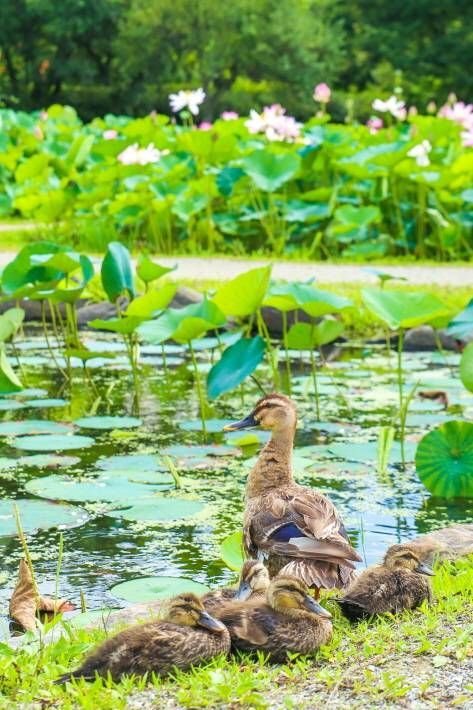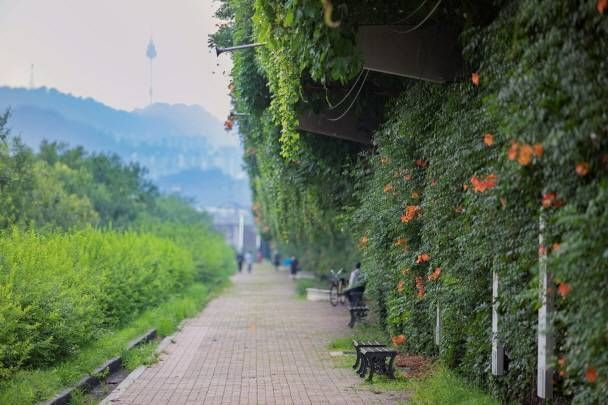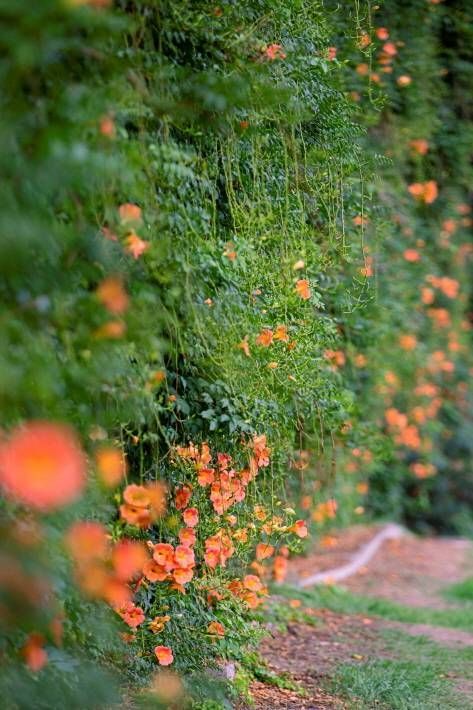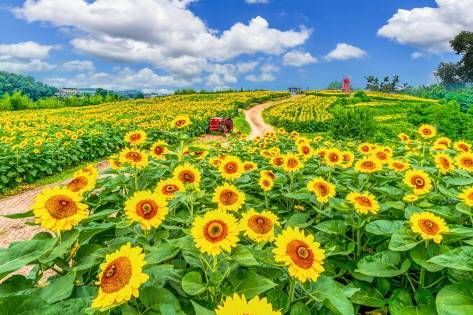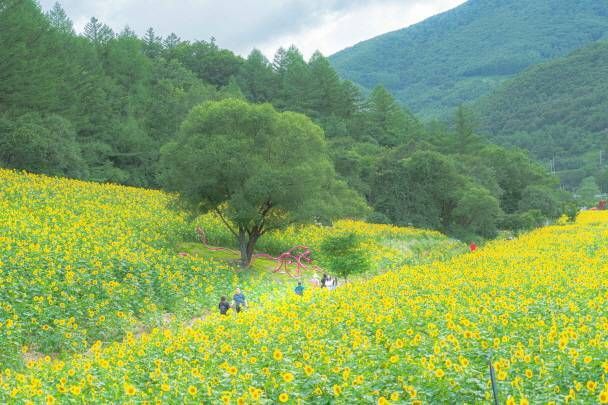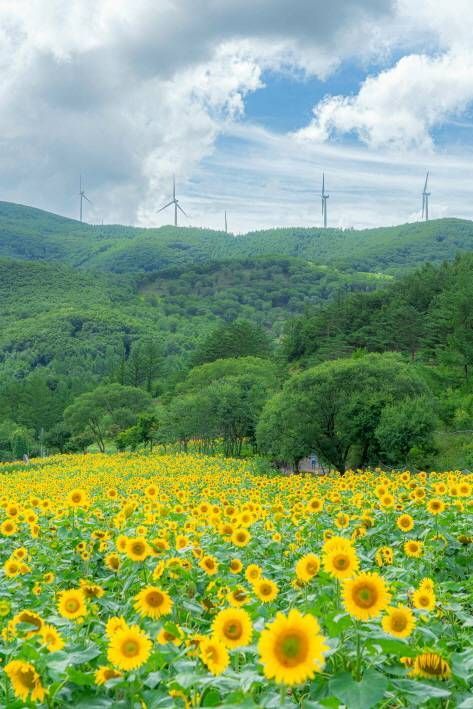- Log in
-
- Sydney Overseas Office
- London Overseas Office
- Toronto Overseas Office
- Los Angeles Overseas Office
- New York Overseas Office
- Ulaanbaatar Overseas Office
- Istanbul Overseas Office
- Dubai Overseas Office
- New Delhi Overseas Office
- Manila Overseas Office
- Jakarta Overseas Office
- Hanoi Overseas Office
- Kuala Lumpur Overseas Office
- Singapore Overseas Office
- Bangkok Overseas Office
- Map
- Sydney Overseas Office
- London Overseas Office
- Toronto Overseas Office
- Los Angeles Overseas Office
- New York Overseas Office
- Ulaanbaatar Overseas Office
- Istanbul Overseas Office
- Dubai Overseas Office
- New Delhi Overseas Office
- Manila Overseas Office
- Jakarta Overseas Office
- Hanoi Overseas Office
- Kuala Lumpur Overseas Office
- Singapore Overseas Office
- Bangkok Overseas Office
Travel Highlights
-
-
-
Top Summer Flower Spots for Stunning Photos
-
06/13/2025
8.3K
-
24
14
-
-
Korea_Tourism
lotus
flower
summer
flower_garden
-
-
-
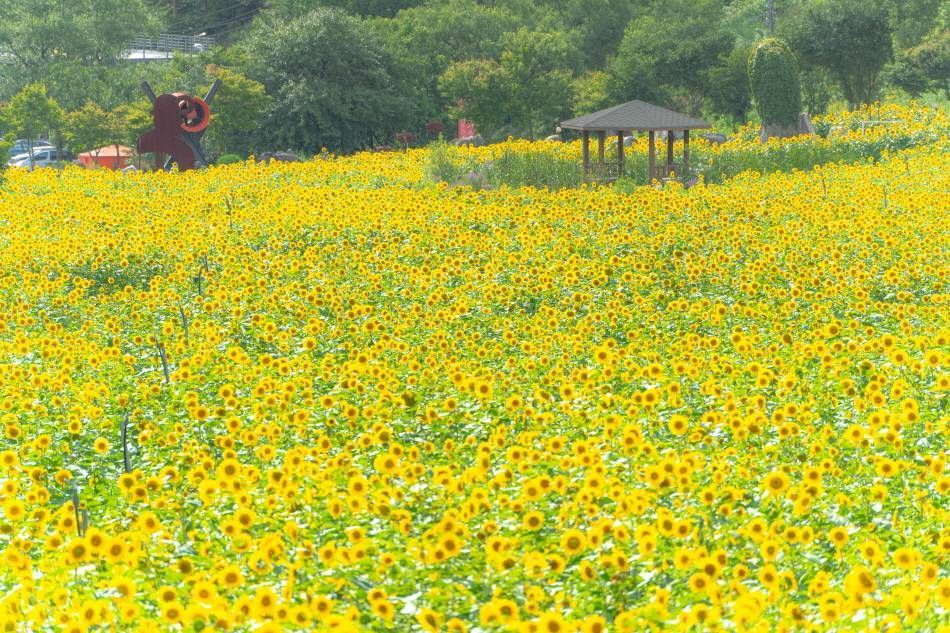
As June ushers in early summer, vibrant flowers begin to bloom across Korea. From pastel hydrangeas and deep violet lavender to white and pink lotus flowers, vivid orange trumpet creepers, and bright yellow sunflowers—summer blossoms are filling the season with freshness and color. Here are some fragrant travel spots across the country where you can fully enjoy these long-awaited seasonal blooms.
| Hydrangea – Camellia Hill, Jeju / Farm Kamille, Taean
🌱 Hydrangea (Early June – Mid July)
Hydrangeas are known for their pastel hues and large, round blossoms. The flower’s color varies depending on the soil composition—blue blooms thrive in strongly acidic soil, while pink ones flourish in alkaline conditions. Unlike common ornamental hydrangeas, Korea’s native mountain hydrangeas have a naturally sweet flavor and are often used to brew tea.
🌱 Best Places to See Hydrangeas
ⓒCamellia Hill
Camellia Hill in Jeju, well-known as a popular wintertime camellia spot, reveals a different charm as the seasons change, transforming into a hydrangea haven. From late April, just after the cold winds have passed, hydrangeas begin to bloom inside glass greenhouses, with outdoor varieties reaching full bloom from June. Thanks to this early blooming season, the hydrangea festival runs for quite a long time. This year, it began on April 25 and will continue through July.
ⓒFarm Kamille
Farm Kamille, an herb-themed garden in Taean—a top tourist destination on Korea's west coast—will host its Hydrangea Festival from June 14 to July 20. Colorful hydrangeas blooming throughout the European-style garden create a romantic atmosphere. In particular, the metasequoia-lined path, bursting with hydrangeas, is a favorite photo spot. Designated as a wellness tourism destination by the Korea Tourism Organization, Farm Kamille also offers herb foot baths and herbal teas, making it a perfect place to relax and recharge.
Camellia Hill
- Address: 166 Byeongak-ro, Andeok-myeon, Seogwipo-si, Jeju-do (제주특별자치도 서귀포시 안덕면 병악로 166)
- Website: www.camelliahill.co.kr
Farm Kamille
- Address: 56-19 Uun-gil, Nam-myeon, Taean-gun, Chungcheongnam-do (충청남도 태안군 남면 우운길 56-19)
- Website: www.kamille.co.kr
| Lavender – Herb Island, Pocheon / Gochang Blue Farm, Gochang
🌱 Lavender (Mid May – Late June)
Lavender, a signature herb native to the Mediterranean, does not grow naturally in Korea but is primarily cultivated on specialized farms. The rolling waves of purple blossoms create a mystical and enchanting atmosphere. Known for its exceptional fragrance and therapeutic benefits, lavender is widely used in aromatherapy, essential oils, perfumes, herbal teas, and cosmetics.
🌱 Best Places to See Lavender
ⓒHerb Island
To experience the enchanting spectacle of vast purple waves created by blooming lavender, head to Herb Island in Pocheon, Korea's largest herb-themed botanical garden. From May 1 to June 30, Herb Island holds the Lavender & Daisy Festival to showcase stunning lavender fields and offer a variety of hands-on experiences, such as planting lavender in terracotta pots and harvesting lavender to make lavender tea. In addition to the lavender fields, the garden is filled with Instagram-worthy spots, including pristine white daisy fields and charming pink sand hills.
ⓒGochang Blue Farm
Gochang Blue Farm in Jeonbuk State is a farm stay destination where exotic lavender fields blend seamlessly with traditional Korean hanok architecture, creating a uniquely tranquil atmosphere. Visitors can take a leisurely stroll through the expansive lavender fields and enjoy a variety of lavender-infused beverages at a café overlooking the hanok. The Lavender Festival runs from May 23 to June 29, perfectly aligned with the peak blooming season.
Herb Island
- Address: 51 Cheongsin-ro 947beon-gil, Sinbuk-myeon, Pocheon-si, Gyeonggi-do (경기도 포천시 신북면 청신로947번길 51)
- Website: www.herbisland.co.kr
Gochang Blue Farm
- Address: 41-27 Cheongcheon-gil, Gongeum-myeon, Gochang-gun, Jeonbuk-do (전북특별자치도 고창군 공음면 청천길 41-27)
- Instagram: www.instagram.com/gochang_bluefarm
| Lotus Flower – Hoesan Baengnyeonji Pond, Muan / Gungnamji Pond, Buyeo
🌱 Lotus Flower (July – August)
The lotus flower, a symbol of Buddhist culture across East Asia, is commonly seen in Korean art and temple design. The lotus is renowned for strong propagation ability and the exceptional longevity of its seeds. Korea had even successfully germinated lotus flowers from 700-year-old seeds, which are now called “Arahongnyeon.” The lotus also plays a versatile role in Korean cuisine, featured in traditional dishes such as lotus leaf rice, seasoned lotus root, and lotus flower tea.
🌱 Best Places to See Lotus Flowers
ⓒMuan-gun
Hoesan Baengnyeonji Pond in Muan, Jeollanam-do, is Asia's largest natural habitat of white lotus flowers. It is famous for its enchanting landscape of endless green lotus leaves and pure white blossoms. A lotus-shaped building rising from the lotus fields houses a café on the first floor, offering panoramic views of the pond, and a greenhouse botanical garden on the second floor. The lotuses bloom from July to early September, with the peak season typically falling between mid-July and early August. To avoid the peak summer heat, this year’s Lotus Festival will be held a little earlier, from June 26 to 29.
ⓒBuyeo-gun (Danim 5th Gen. Park Jeong-hye)
Gungnamji Pond in Buyeo, Chungcheongnam-do—famous as a filming location for Korean historical dramas—is also one of Korea's most iconic lotus destinations. Believed to have been a royal villa pond during the ancient Baekje Kingdom, Gungnamji exudes timeless charm with its traditional pavilion and wooden bridges set within the pond. While the site is beautiful year-round, it is at its best during lotus season. The Buyeo Seodong Lotus Festival, featuring vibrant lotus blooms and a variety of cultural events, will take place from July 4 to 6.
Hoesan Baengnyeonji Pond
- Address: 333 Baengnyeon-ro, Illo-eup, Muan-gun, Jeollanam-do (전라남도 무안군 일로읍 백련로 333)
- Website: www.muan.go.kr/lotus
Gungnamji Pond
- Address: 181 Dongnam-ri, Buyeo-eup, Buyeo-gun, Chungcheongnam-do (충청남도 부여군 부여읍 동남리 181)
- Website: www.buyeo.go.kr
| Trumpet Creeper – Ttukseom Hangang Park, Seoul / Vicheollin, Jeju
🌱 Trumpet Creeper (Late June – August)
The trumpet creeper is a climbing woody vine that produces striking vermillion, trumpet-shaped blossoms. Its flowers bloom in succession along a single stem, allowing for a prolonged flowering season as new blossoms continue to emerge while earlier ones fade. Once favored by Korean nobility, it is also affectionately known as the yangban kkot, which can be translated as "nobleman's flower.”
🌱 Best Places to See Trumpet Creeper
ⓒSeoul Tourism Organization
Once reserved for the courtyards of aristocratic homes, trumpet creepers can now be seen in Hangang Park, Seoul's premier riverside recreational area. Along a 150-meter wall between the Cheonggu Apartment and Hanshin Apartment access points in Ttukseom Hangang Park, a breathtaking cascade of trumpet creeper blossoms offers a uniquely picturesque view. Visitors can enjoy the flowers from mid-June through August, with peak bloom usually occurring between late June and early July.
ⓒVicheollin
Vicheollin, a healing theme park nestled in Jeju's pristine natural surroundings, hosts Korea’s largest trumpet creeper festival from May 15 to July 15. Visitors can stroll through enchanting flower tunnels draped in blooming trumpet creepers, and explore beautiful hydrangea-lined paths, a Shasta daisy garden, and a verbena garden—making it an ideal destination to enjoy the season’s vibrant blooms. Fun activities like kayaking and trike riding further enhance the experience.
Ttukseom Hangang Park
- Address: 704-1 Jayang-dong, Gwangjin-gu, Seoul (서울특별시 광진구 자양동 704-1)
- TIP: The trumpet creeper wall is easily accessible by renting a “Ddareungi,” Seoul’s public bike, from nearby Jayang or Seongsu Station.
Vicheollin
- Address: 253-6 Panjo-ro, Hangyeong-myeon, Jeju-si, Jeju-do (제주특별자치도 제주시 한경면 판조로 253-6)
- Website: www.vicheollin.com
| Sunflower – Gangju Sunflower Village, Haman / Guwau Village, Taebaek
🌱 Sunflower (July – August)
Sunflowers, which thrive in sunny spots, are known for turning their heads to follow the sun. Their Korean name, “haebaragi,” literally means “gazing at the sun.” In Korea, sunflowers typically grow to about 2 meters tall—shorter than those native to Central America. The seeds clustered at the center of the flower are commonly eaten as snacks or pressed for oil.
🌱 Best Places to See Sunflowers
ⓒHaman-gun
Gangju Sunflower Village in Haman, Gyeongsangnam-do, was created by local residents who personally planted sunflowers throughout the area. As word spread about this sunflower haven, more and more visitors began to arrive, eventually leading the community to launch an annual summer sunflower festival. The vast sunflower fields, set against a backdrop of red windmills, rustic tractors, zinnia beds, and gourd tunnels, offer a nostalgic glimpse of rural Korea. This year’s Sunflower Festival runs from June 18 to July 2.
ⓒKorea Tourism Organization - Photo Korea, Kim Kyeong-ki
In Guwau Village, a small highland village in Taebaek—the city with the lowest average temperature in Korea— visitors are treated to the spectacular sight of one million sunflowers in full bloom. Surrounded by mountains and nestled in pristine nature, it’s the perfect spot to take in the beauty of the blossoms while enjoying cooler temperatures than in other regions—making it a refreshing summer destination. During the Sunflower Festival, held from July 18 to August 17, visitors can also enjoy a variety of performances and exhibitions.
Gangju Sunflower Village
- Address: 16 Gangju 4-gil, Beopsu-myeon, Haman-gun, Gyeongsangnam-do (경상남도 함안군 법수면 강주4길 16)
- Website: www.haman.go.kr
Guwau Village
- Address: 38-20 Guwau-gil, Taebaek-si, Gangwon-do (강원특별자치도 태백시 구와우길 38-20)
- Website: www.sunflowerfestival.co.kr
- 1330 Korea Travel Helpline: +82-2-1330
- 1330 Text Chat: https://m.site.naver.com/1rEid
- (Korean, English, Japanese, Chinese, Russian, Vietnamese, Thai, and Indonesian)
* This column was last updated in Jun 2025, and therefore information may differ from what is presented here. We advise you to check for updates before visiting.
-
-

